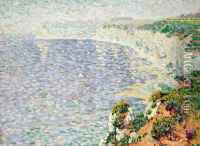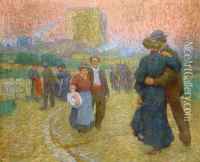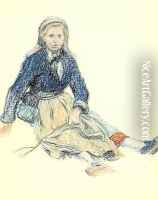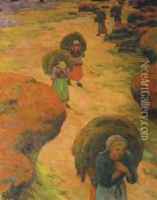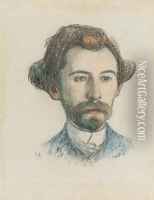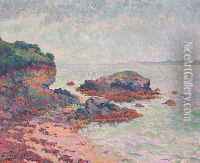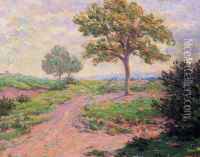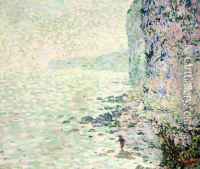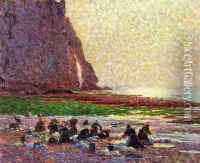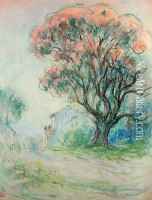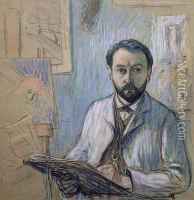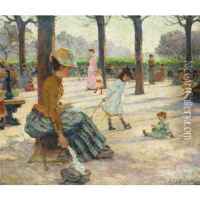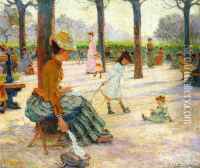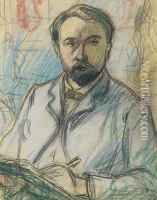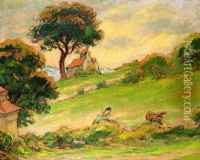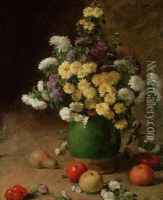Claude Emile Schuffenecker Paintings
Claude Emile Schuffenecker was a French Post-Impressionist artist, art teacher, and art collector best known for his association with the artist Paul Gauguin and his role in shaping the Symbolist movement. Schuffenecker was born on December 8, 1851, in Fresne-Saint-Mamès, France. Orphaned at a young age, he moved to Paris to live with his uncle.
Initially, Schuffenecker pursued a career in banking but his passion for art led him to evening painting classes at the École nationale supérieure des Beaux-Arts. His dedication to art was such that he eventually gave up his banking career to focus on painting full-time. Schuffenecker's early work was influenced by the Impressionists, and he exhibited with them in 1886. However, his style evolved into a more Symbolist approach with an emphasis on mystical and dreamlike subjects.
Schuffenecker's friendship with Gauguin began in the early 1880s when they both were struggling artists. Over the years, they developed a complex relationship, with Schuffenecker being both a supporter and a critic of Gauguin's work. Schuffenecker was one of the original members of the group known as the Synthetists, who exhibited at the Volpini Exhibition in 1889, a counter-exhibition to the official Paris World's Fair.
Apart from painting, Schuffenecker was also an influential art teacher. He taught at the Académie de la Palette, which became an important institution for avant-garde art, influencing the next generation of artists. As an art collector, he amassed an impressive collection that included works by Van Gogh, Cézanne, and Gauguin.
Despite his contributions to the art world, Schuffenecker struggled with financial and critical success during his lifetime. It was only after his death in Paris on July 31, 1934, that his work began to be re-evaluated. Today, he is recognized for his role in the development of Post-Impressionism and his influence on early 20th-century art movements.
